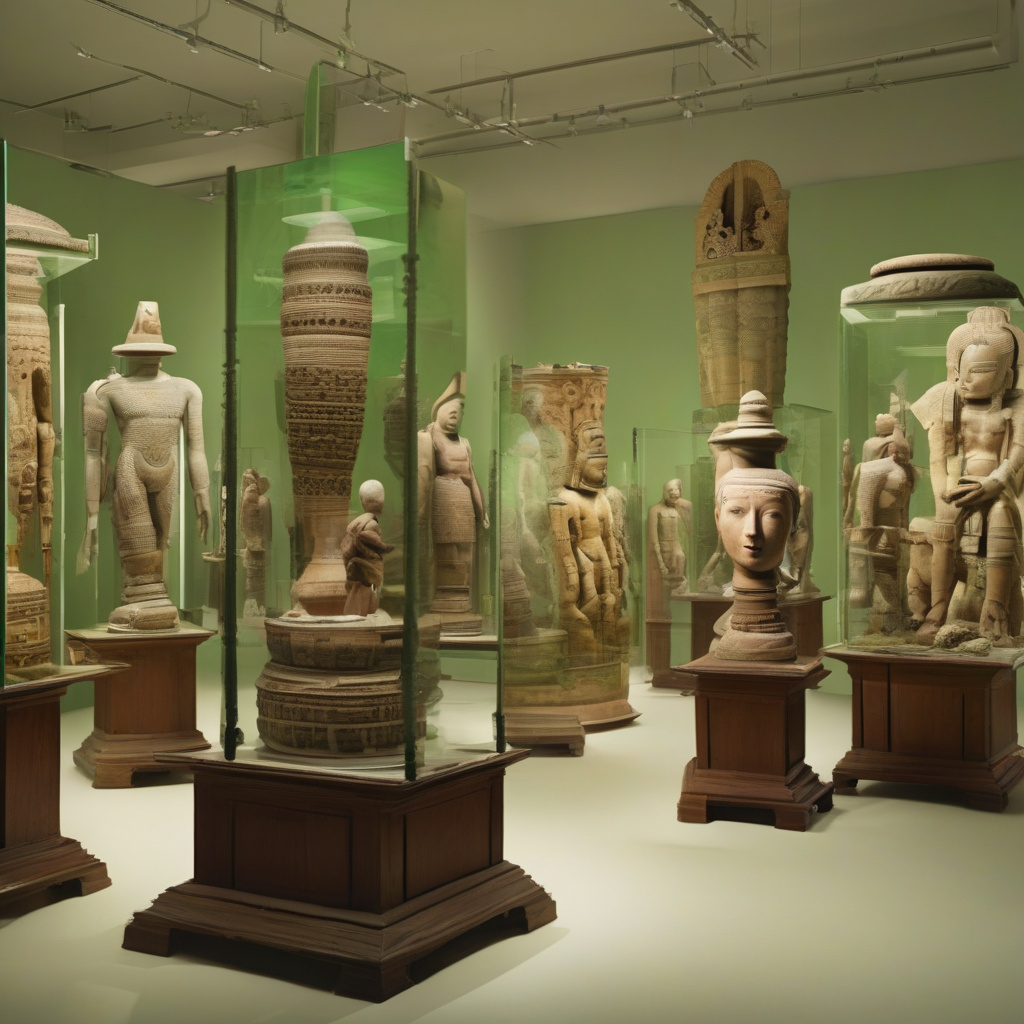How Cultural Heritage Can Go Green Through Digital Preservation
In an age where environmental sustainability is at the forefront of global concerns, the preservation of cultural heritage is also undergoing a significant transformation. Cultural heritage organizations in Europe are no longer solely focused on the physical preservation of artifacts and sites; they are now urged to adopt eco-conscious digital strategies and regenerative practices to minimize their environmental impact.
The shift towards digital preservation offers numerous benefits for cultural heritage institutions looking to go green. By digitizing artifacts, documents, and other valuable items, these organizations can reduce the need for physical storage space, which often consumes a significant amount of energy and resources. Additionally, digital preservation allows for easier access to cultural materials, enabling a wider audience to engage with and learn from them without the need for travel or shipping, thus reducing carbon emissions.
Furthermore, adopting regenerative practices in the digital preservation of cultural heritage can have a positive impact on the environment. By utilizing sustainable technologies and practices, such as renewable energy sources for data storage and implementing energy-efficient systems, cultural heritage organizations can significantly reduce their carbon footprint. For example, the use of cloud storage powered by renewable energy can help minimize the environmental impact of digital preservation efforts.
Moreover, the adoption of eco-conscious digital strategies can also enhance the long-term preservation of cultural heritage. Digital backups and multiple copies of digitized materials can serve as safeguards against potential damage or loss due to natural disasters, climate change, or human-related threats. By creating digital replicas of cultural artifacts, institutions can ensure that these valuable items are preserved for future generations, even in the face of environmental challenges.
One notable example of cultural heritage going green through digital preservation is the British Library’s “Turning the Pages” project. By digitizing rare manuscripts and books and making them available online in a virtual page-turning format, the British Library has been able to reduce the need for physical handling of delicate materials, thus prolonging their lifespan. This innovative approach not only enhances access to these cultural treasures but also contributes to the sustainability goals of the institution.
In conclusion, the integration of eco-conscious digital strategies and regenerative practices in the preservation of cultural heritage represents a crucial step towards a more sustainable future. By leveraging digital technologies to reduce environmental impact, improve access, and enhance long-term preservation, cultural heritage organizations in Europe and beyond can ensure that our shared heritage is not only preserved but also protected for generations to come.
#CulturalHeritage #DigitalPreservation #GreenInitiatives #Sustainability #EcoFriendlyTechnologies
